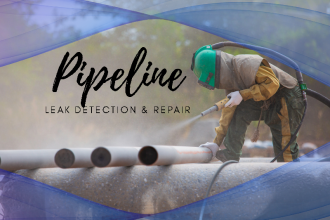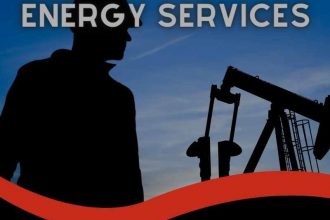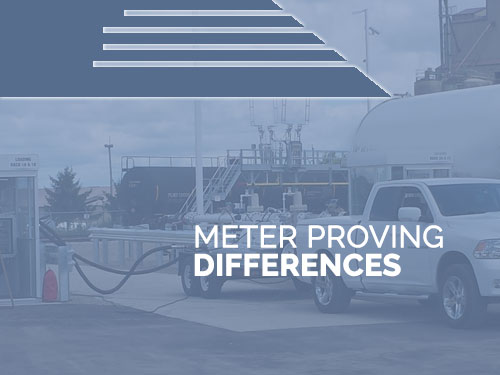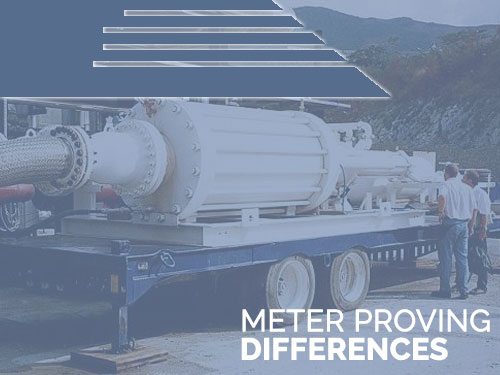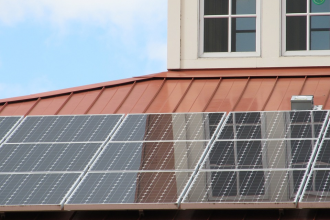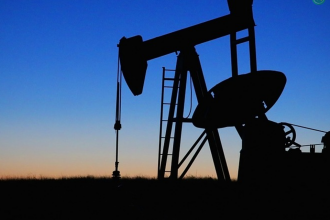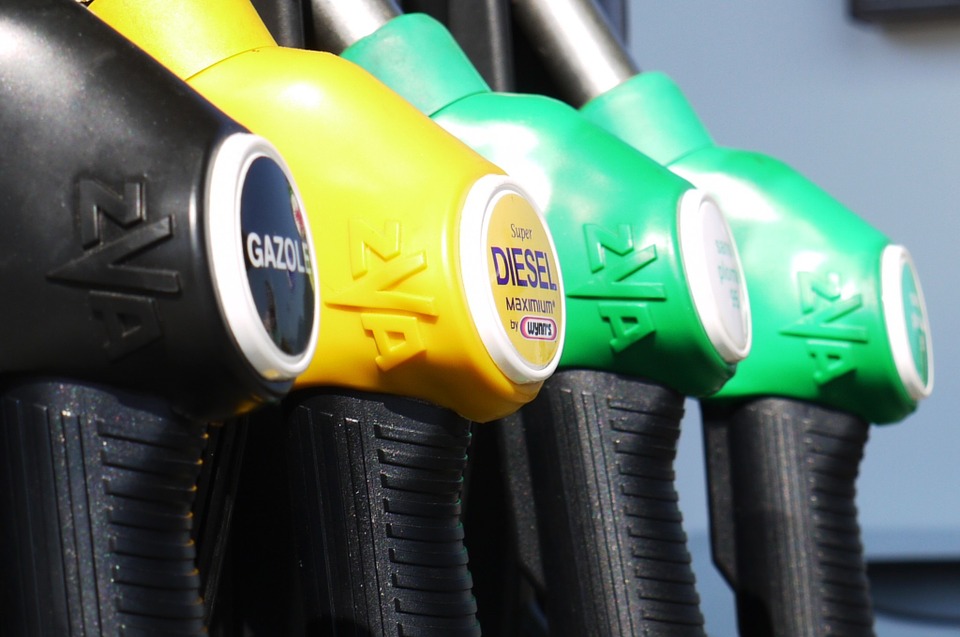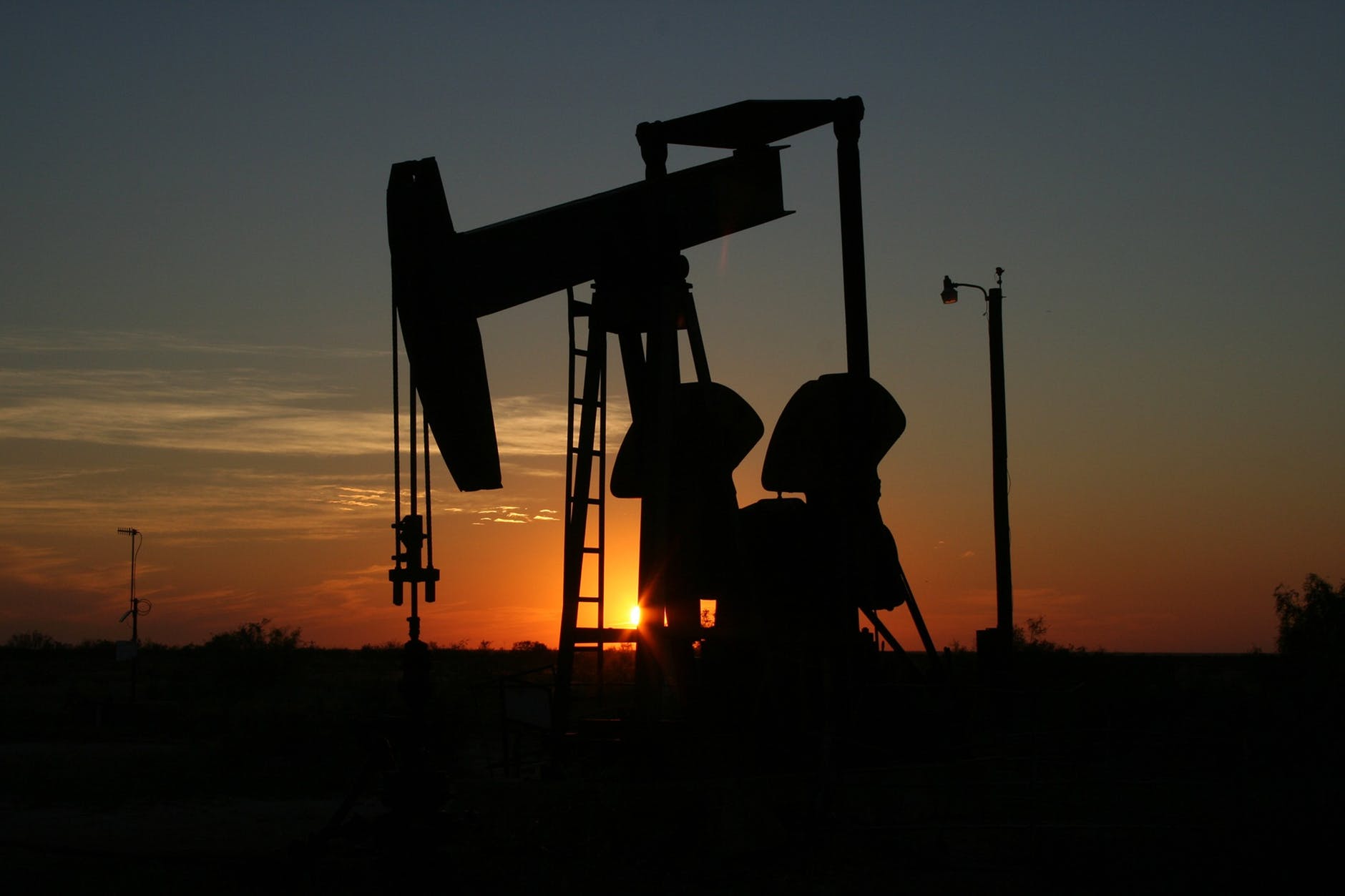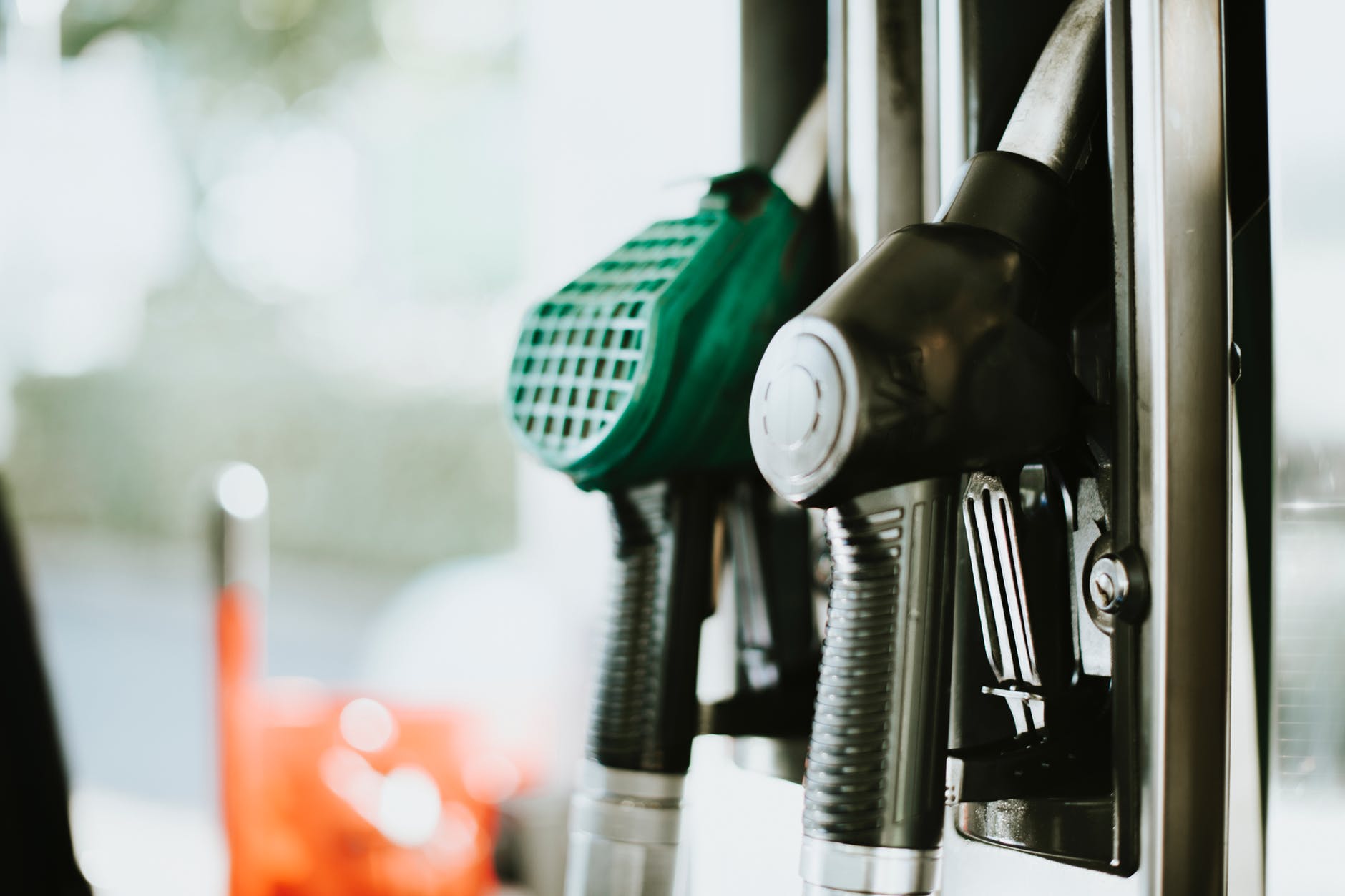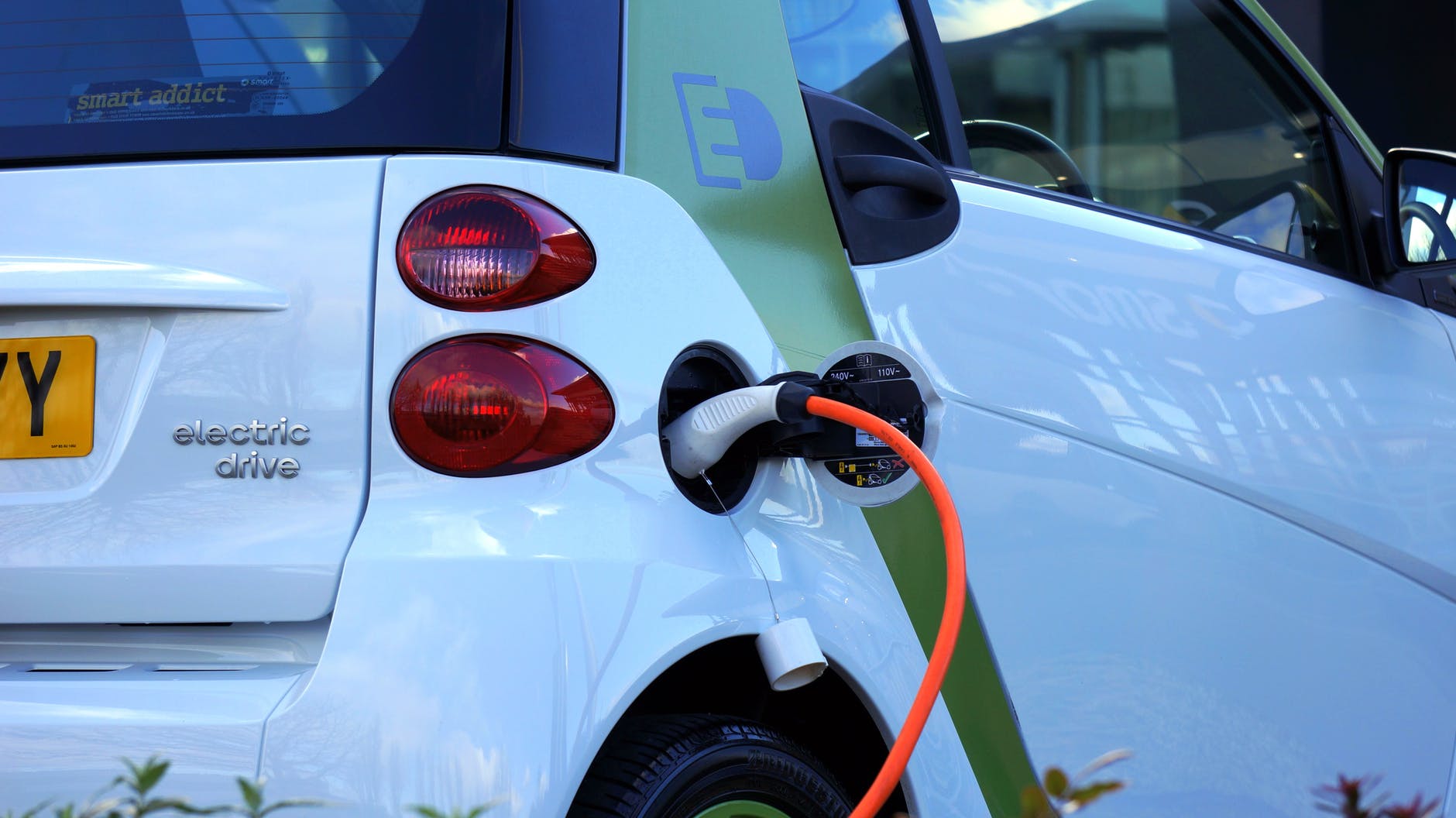As one of the largest oil and gas producers in the world, Canada has become a vital player in the global energy market. With abundant natural resources and a strong emphasis on innovation, the Canadian oil and gas industry has grown in leaps and bounds over the years. However, with increasing concerns over climate change and the switch to renewable energy, the future of the industry seems to be uncertain.
Recent reports indicate that the Canadian oil and gas industry will face many challenges in the coming years. For one, there is a growing demand for cleaner energy sources, which is driving down the demand for fossil fuels. Additionally, the ongoing COVID-19 pandemic has led to a significant decline in global oil demand, forcing the industry to adjust accordingly.
However, all is not lost for the Canadian oil and gas industry. With a strong focus on sustainability and innovation, the industry can still thrive and remain relevant in the global market. One area where the industry has shown significant growth is in renewable energy.
In recent years, there has been a growing trend towards the development of alternative energy sources. The Canadian oil and gas industry has been quick to adapt to this trend, with many companies investing heavily in renewable energy projects. This move not only makes economic sense but also aligns with Canada’s commitment to reducing greenhouse gas emissions.
Another area where the Canadian oil and gas industry has thrived is in technology and innovation. With the use of advanced technologies such as automation, machine learning, and artificial intelligence, the industry has been able to maximize efficiency and minimize waste. These technologies also improve safety standards and can reduce the environmental impact of oil and gas production.
In conclusion, while the Canadian oil and gas industry may face many challenges in the coming years, there is still hope for a thriving industry. Through investment in renewable energy and the use of advanced technologies, the industry can adapt to changing market demands and remain competitive in the global energy market. It is crucial that the industry continues to prioritize sustainability and innovation to ensure a bright future for the sector.




